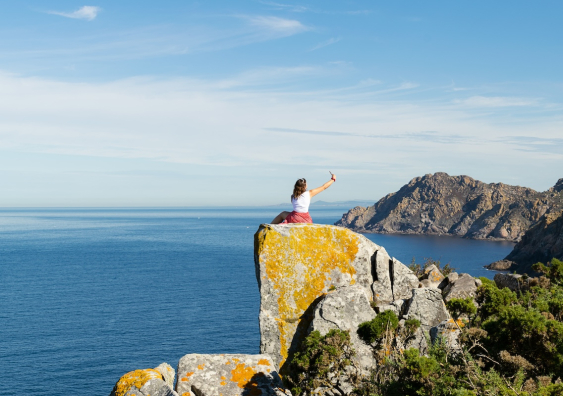A man was last weekend after falling ten metres from a waterfall in Queenslandās Tamborine National Park, which was closed to due to storms. And last month, a major safety operation was to rescue nine bushwalkers in Wollemi National Park near Sydney after one walker fell from a cliff and suffered a head injury.
These are just the latest in a string of that underscore the potential dangers of visiting Australiaās national parks. Visitor numbers to national parks are . This is partly due to the provision of roads, boardwalks and other infrastructure which have greatly improved accessibility. People can now reach locations that, in many cases, would previously have required more competence, care, and skill to get to.
It means masses of people are being funnelled into for which they may be unprepared. This poses risks to human life and safety, and places a heavy burden on already called to conduct rescues and retrieve bodies.
An urgent rethink is needed into how we invite and prepare visitors to interact responsibly with these natural environments.
Visit, but be prepared
National parks need people. to national parks are vital to maintaining community, political and financial support for their existence. And increasing visitor numbers in national parks means more people can experience the physical and mental health benefits of spending time in nature.
Australiaās national parks are generally . In some popular locations, visitors can drive right up to a site and explore it via a . At lookouts, visitors are often protected by barriers and warning signs.
Social media platforms such as Instagram and TikTok play national parks as accessible destinations. In Victoria, national parks authorities have suggested unprepared visitors are taking unnecessary risks in a bid to , forcing emergency services to undertake dangerous rescues.
Parks authorities themselves use social media to promote access to picturesque places, but increasingly do so with safety in mind.
Safety first? Not always
As visitor numbers to national parks increases, so too do the numbers of .
In Western Australia, an average of occurred between 2011 and 2017. Most were falls or water-related, such as drowning.
And in Victoria in the five years to 2020, the State Emergency Service 365 āhigh-angle rescuesā ā complex operations in high, steep locations.
Many incidents in national parks happen repeatedly at the same place. The latest incident at Cedar Creek Falls comes after a teenager . At the Babinda Boulders in Far North Queensland, have reportedly been recorded. This suggests current mechanisms for enhancing safety or communicating risk at known hazardous locations arenāt working.
It also stands to reason that the infrastructure we build to attract people to national parks, and to guide them and keep them safe, may be propelling them into risky situations.
Rethinking access to the wild
So how best do we prevent deaths and injuries in national parks, while still encouraging people to venture into the outdoors?
Many people national parks are inherently dangerous places to visit. But erecting warning signs to alert them to the risks is not necessarily the answer.
One study focused on beaches in Victoria showed even saw the signs. The answer is not to plaster an area with signs, either: an overabundance of can create āinformation overloadā and means people are likely to ignore them.
However, there is research to suggest signs warning people of , rather than risks to their personal safety, may be more effective at ensuring safe behaviour.
Well-designed infrastructure in national parks the visitor experience, and protect the environment by directing people away from sensitive areas. But parks authorities should consider whether some infrastructure is encouraging people into dangerous situations, and whether certain areas should be to the the public entirely.
Authorities could devise online training programs that teach people , such as basic first aid and what to do if they get lost.
Finally, all this raises important questions around personal responsibility. Research conducted at four national parks in Western Australia showed many people viewed safety as a between visitors and parks management ā but when things go wrong, place the blame on parks management. The same research showed parks visitors can be reluctant to accept the shift of responsibility back onto themselves.
Studies are needed to determine if encouraging visitors to take more responsibility for their actions would lead to fewer safety incidents ā and if so, how best to get people to adopt this attitude shift.
Recent tragedies in our national parks highlight the crucial need to reevaluate visitor management strategies. National parks are a public good ā and we need to make sure they stay that way.

, PhD Candidate, School of Population Health, and , NHMRC Research Fellow, School of Population Health & co-founder ĮńĮ«¹ŁĶų Beach Safety Research Group,
This article is republished from under a Creative Commons license. Read the .



